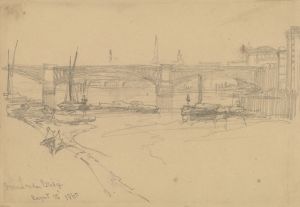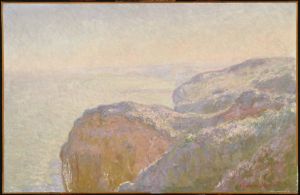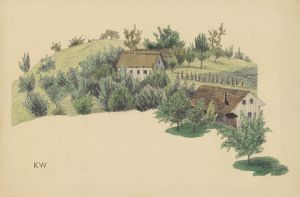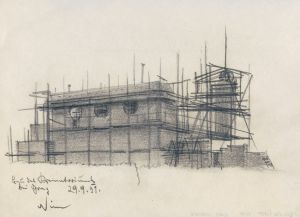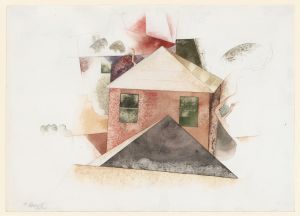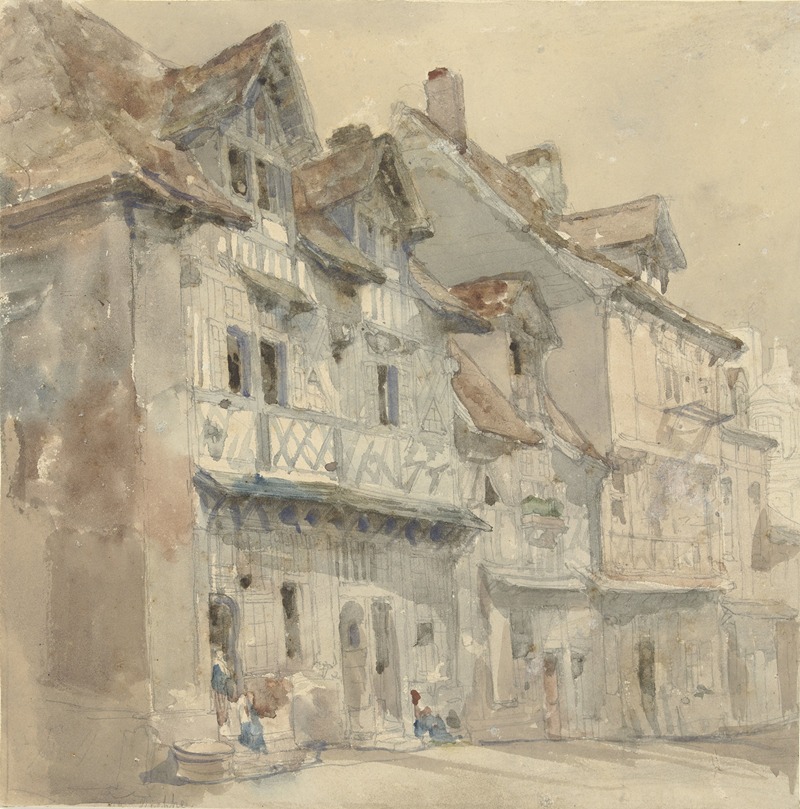
Huizen in Dieppe
A hand-painted replica of David Roberts’s masterpiece Huizen in Dieppe, meticulously crafted by professional artists to capture the true essence of the original. Each piece is created with museum-quality canvas and rare mineral pigments, carefully painted by experienced artists with delicate brushstrokes and rich, layered colors to perfectly recreate the texture of the original artwork. Unlike machine-printed reproductions, this hand-painted version brings the painting to life, infused with the artist’s emotions and skill in every stroke. Whether for personal collection or home decoration, it instantly elevates the artistic atmosphere of any space.
"Huizen in Dieppe" is a painting by the renowned Scottish artist David Roberts, who is celebrated for his detailed and atmospheric landscapes and architectural scenes. Born in 1796, Roberts gained significant recognition for his depictions of European and Middle Eastern locations, often characterized by their meticulous attention to architectural detail and vibrant use of color.
The painting "Huizen in Dieppe" translates to "Houses in Dieppe," indicating that the work captures a scene from the coastal town of Dieppe in Normandy, France. Dieppe, known for its picturesque seaside views and historical significance as a port town, has long been a subject of interest for artists. Roberts, with his keen eye for architectural beauty and landscape, would have been drawn to the town's unique charm and historical architecture.
David Roberts was known for his travels across Europe and the Middle East, where he produced numerous sketches and studies that later informed his paintings. His works often reflect a deep appreciation for the places he visited, capturing not only the physical structures but also the essence of the locations. "Huizen in Dieppe" likely reflects this approach, showcasing the town's distinctive architecture and perhaps its bustling port life.
Roberts' technique typically involved detailed pencil sketches made on location, which he would later transform into oil paintings in his studio. This method allowed him to capture the immediacy and authenticity of the scene while also imbuing it with his artistic interpretation. His works are noted for their clarity, precision, and the ability to convey the atmosphere of the place.
While specific details about the painting "Huizen in Dieppe" are limited, it can be assumed that the work exemplifies Roberts' skill in rendering architectural forms and his ability to capture the interplay of light and shadow. His paintings often feature a harmonious balance between the built environment and the natural landscape, suggesting a respect for both human achievement and natural beauty.
David Roberts' contributions to art were significant during his lifetime, and his works continue to be appreciated for their historical and artistic value. His paintings offer a window into the 19th-century world, providing insights into the architecture and landscapes of the time. "Huizen in Dieppe," like many of his works, would serve as a valuable historical document, preserving the image of Dieppe as it was seen through the eyes of a 19th-century artist.
Roberts was elected as a member of the Royal Academy in 1841, a testament to his standing in the art community. His works are held in high regard and can be found in various public and private collections, reflecting his enduring legacy. While "Huizen in Dieppe" may not be as widely known as some of his other works, it remains an integral part of his oeuvre, showcasing his ability to capture the spirit of a place with both accuracy and artistic flair.







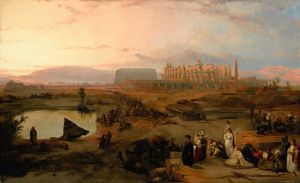
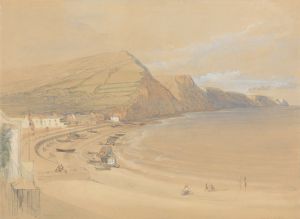
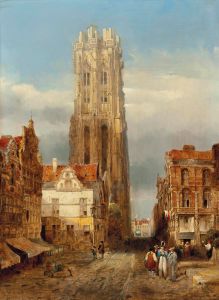

![Temple of Edfou [Idfû], ancient Appolinopolis, Upper Egypt.](/imgs/217546/s/david-roberts-temple-of-edfou-idfu-ancient-appolinopolis-upper-egypt-2a77d2d6.jpg)

